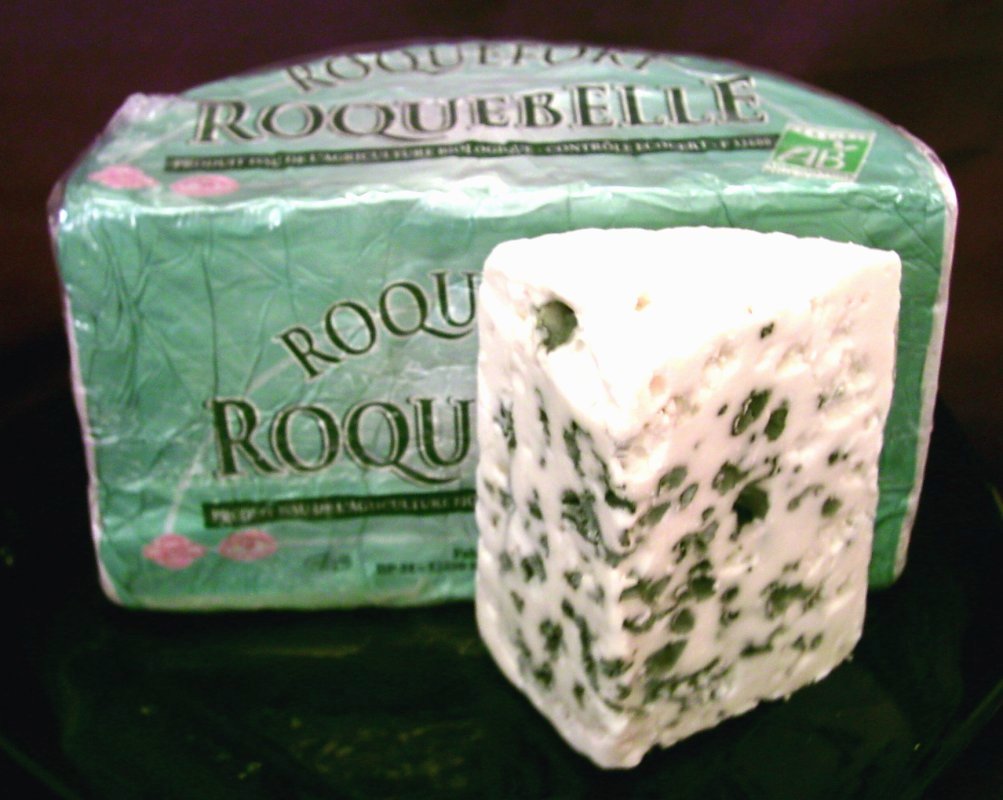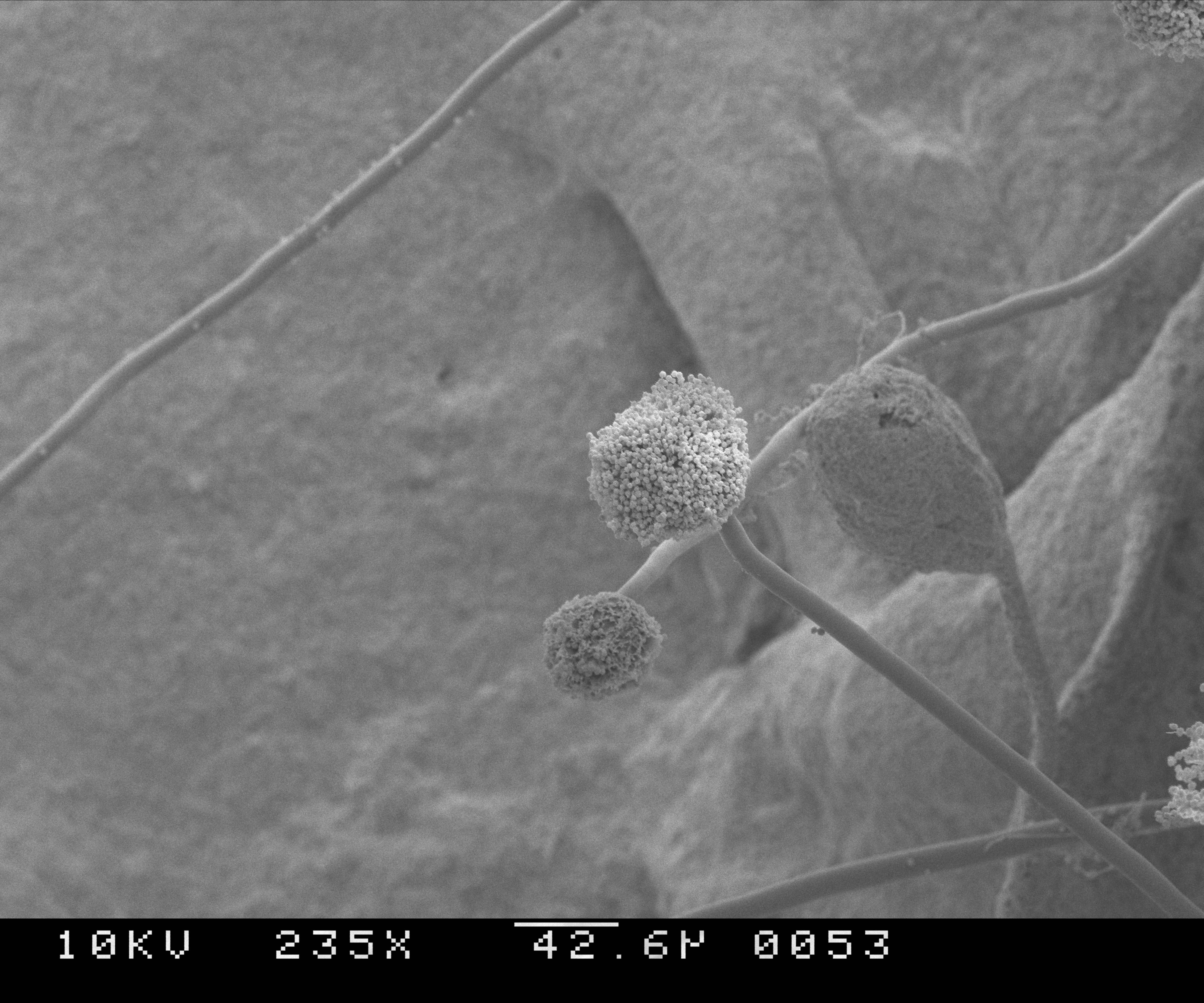|
Aspergillus Alliaceus
''Aspergillus alliaceus'' is a species of fungus in the genus ''Aspergillus''. It is from the ''Flavi'' section. It was first described scientifically by Charles Thom and Margaret Church in 1926. Its associated teleomorph In mycology, the terms teleomorph, anamorph, and holomorph apply to portions of the life cycles of fungi in the phyla Ascomycota and Basidiomycota: *Teleomorph: the sexual reproductive stage (morph), typically a fruiting body. *Anamorph: an ase ... is ''Petromyces alliaceus''. It has yellow spores. Growth and morphology ''A. alliaceus'' has been cultivated on both Czapek yeast extract agar (CYA) plates and Malt Extract Agar Oxoid® (MEAOX) plates. The growth morphology of the colonies can be seen in the pictures below. Aspergillus_alliaceus_cya.png, ''Aspergillus alliaceus'' growing on CYA plate Aspergillus_alliaceus_meaox.png, ''Aspergillus alliaceus'' growing on MEAOX plate References alliaceus Fungi described in 1926 Taxa named by Charles ... [...More Info...] [...Related Items...] OR: [Wikipedia] [Google] [Baidu] |
Charles Thom
Charles Thom (November 11, 1872 – May 24, 1956) was an American microbiologist and mycologist. Born and raised in Illinois, he received his PhD from the University of Missouri, the first such degree awarded by that institution. He studied the microbiology of dairy products and soil fungi, and in particular researched the genera ''Aspergillus'' and ''Penicillium''. His work influenced the establishment of standards for food handling and processing in the USA. He pioneered the use of culture media to grow microorganisms, and, with food chemist James N. Currie, developed a process to mass-produce citric acid using ''Aspergillus''. Thom played an important role in the development of penicillin in World War II. Early life Thom was born in Minonk, Illinois in 1872, the fifth of six boys. His parents were Angus Sutherland Thom and Louisa (Herick) Thom, Scottish/Irish farmers who had settled in Illinois shortly before the American Civil War. Charles Thom was raised in a strongly re ... [...More Info...] [...Related Items...] OR: [Wikipedia] [Google] [Baidu] |
Margaret Church
Margaret Brooks Church (1889 – 1976) was an American mycologist who specialized in ''Aspergillus'' and other fungi involved in food fermentation. She co-authored the first manual on ''Aspergillus'' with Charles Thom and worked with Thom on his treatise on ''Penicillium''. She was the first westerner to study the ang-khak fermentation of rice using ''Monascus purpureus'' (see: Church, 1920), and studied other Asian soy fermentations involving the fungus known as ''Aspergillus oryzae''. This research culminated in her writing a USDA bulletin entitled ''Soy and Related Fermentations'' in 1923. In 1928, she took on a role as the Head of Biology at Urbana University, Urbana, Ohio Ohio ( ) is a U.S. state, state in the Midwestern United States, Midwestern region of the United States. It borders Lake Erie to the north, Pennsylvania to the east, West Virginia to the southeast, Kentucky to the southwest, Indiana to the ..., before her retirement in 1939. Selected works * * * *T ... [...More Info...] [...Related Items...] OR: [Wikipedia] [Google] [Baidu] |
Fungus
A fungus (: fungi , , , or ; or funguses) is any member of the group of eukaryotic organisms that includes microorganisms such as yeasts and mold (fungus), molds, as well as the more familiar mushrooms. These organisms are classified as one of the kingdom (biology)#Six kingdoms (1998), traditional eukaryotic kingdoms, along with Animalia, Plantae, and either Protista or Protozoa and Chromista. A characteristic that places fungi in a different kingdom from plants, bacteria, and some protists is chitin in their cell walls. Fungi, like animals, are heterotrophs; they acquire their food by absorbing dissolved molecules, typically by secreting digestive enzymes into their environment. Fungi do not photosynthesize. Growth is their means of motility, mobility, except for spores (a few of which are flagellated), which may travel through the air or water. Fungi are the principal decomposers in ecological systems. These and other differences place fungi in a single group of related o ... [...More Info...] [...Related Items...] OR: [Wikipedia] [Google] [Baidu] |
Aspergillus
'''' () is a genus consisting of several hundred mold species found in various climates worldwide. ''Aspergillus'' was first catalogued in 1729 by the Italian priest and biologist Pier Antonio Micheli. Viewing the fungi under a microscope, Micheli was reminded of the shape of an '' aspergillum'' (holy water sprinkler), from Latin ''spargere'' (to sprinkle), and named the genus accordingly. Aspergillum is an asexual spore-forming structure common to all ''Aspergillus'' species; around one-third of species are also known to have a sexual stage. While some species of ''Aspergillus'' are known to cause fungal infections, others are of commercial importance. Taxonomy Species In March 2010, ''Aspergillus'' covered 837 species of fungi. Notable species placed in Aspergillus include: * '' Aspergillus flavus'' is a notable plant pathogen impacting crop yields and a common cause of aspergillosis. * '' Aspergillus fumigatus'' is the most common cause of aspergillosis in individuals ... [...More Info...] [...Related Items...] OR: [Wikipedia] [Google] [Baidu] |
Species Description
A species description is a formal scientific description of a newly encountered species, typically articulated through a scientific publication. Its purpose is to provide a clear description of a new species of organism and explain how it differs from species that have been previously described or related species. For a species to be considered valid, a species description must follow established guidelines and naming conventions dictated by relevant nomenclature codes. These include the International Code of Zoological Nomenclature (ICZN) for animals, the International Code of Nomenclature for algae, fungi, and plants (ICN) for plants, and the International Committee on Taxonomy of Viruses (ICTV) for viruses. A species description often includes photographs or other illustrations of type material and information regarding where this material is deposited. The publication in which the species is described gives the new species a formal scientific name. Some 1.9 million ... [...More Info...] [...Related Items...] OR: [Wikipedia] [Google] [Baidu] |
Teleomorph
In mycology, the terms teleomorph, anamorph, and holomorph apply to portions of the life cycles of fungi in the phyla Ascomycota and Basidiomycota: *Teleomorph: the sexual reproductive stage (morph), typically a fruiting body. *Anamorph: an asexual reproductive stage (morph), often mold-like. When a single fungus produces multiple morphologically distinct anamorphs, these are called synanamorphs. *Holomorph: the whole fungus, including anamorphs and teleomorph. The terms were introduced in 1981 to simplify the discussion of the procedures of the existing dual-naming system, which (1) permitted anamorphs to have their separate names but (2) treated teleomorphic names as having precedence for being used as the holomorphic name. The ''Melbourne Code'' removes the provisions and allows all names to compete on equal footing for priority as the correct name of a fungus, and hence does not use the term ''holomorph'' any more. Dual naming of fungi Fungi are classified primarily based o ... [...More Info...] [...Related Items...] OR: [Wikipedia] [Google] [Baidu] |
Fungi Described In 1926
A fungus (: fungi , , , or ; or funguses) is any member of the group of eukaryotic organisms that includes microorganisms such as yeasts and molds, as well as the more familiar mushrooms. These organisms are classified as one of the traditional eukaryotic kingdoms, along with Animalia, Plantae, and either Protista or Protozoa and Chromista. A characteristic that places fungi in a different kingdom from plants, bacteria, and some protists is chitin in their cell walls. Fungi, like animals, are heterotrophs; they acquire their food by absorbing dissolved molecules, typically by secreting digestive enzymes into their environment. Fungi do not photosynthesize. Growth is their means of mobility, except for spores (a few of which are flagellated), which may travel through the air or water. Fungi are the principal decomposers in ecological systems. These and other differences place fungi in a single group of related organisms, named the ''Eumycota'' (''true fungi'' or ''Eumycetes ... [...More Info...] [...Related Items...] OR: [Wikipedia] [Google] [Baidu] |
Taxa Named By Charles Thom
In biology, a taxon (back-formation from ''taxonomy''; : taxa) is a group of one or more populations of an organism or organisms seen by taxonomists to form a unit. Although neither is required, a taxon is usually known by a particular name and given a particular ranking, especially if and when it is accepted or becomes established. It is very common, however, for taxonomists to remain at odds over what belongs to a taxon and the criteria used for inclusion, especially in the context of rank-based (" Linnaean") nomenclature (much less so under phylogenetic nomenclature). If a taxon is given a formal scientific name, its use is then governed by one of the nomenclature codes specifying which scientific name is correct for a particular grouping. Initial attempts at classifying and ordering organisms (plants and animals) were presumably set forth in prehistoric times by hunter-gatherers, as suggested by the fairly sophisticated folk taxonomies. Much later, Aristotle, and later still ... [...More Info...] [...Related Items...] OR: [Wikipedia] [Google] [Baidu] |




